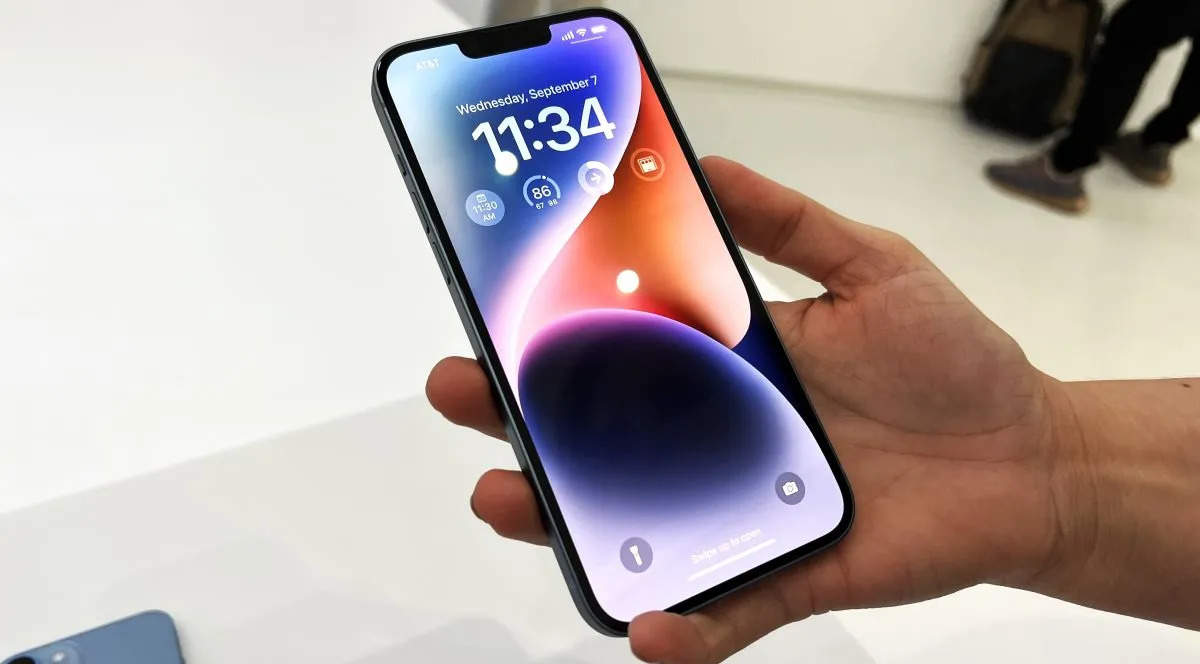The government has refuted a report which claimed that India demanded Apple to help soften the political impact of the threat warnings that some journalists and opposition leaders in India claimed to have received on their iPhones in October. IT minister Rajeev Chanrasekhar said that the “story is half facts”.
“Rebutting The Washington Post’s terrible storytelling is tiresome, but someone has to do it,” the minister said in a post on X.
“This story is half facts, fully embellished. Left out of the story is Apple’s response on Oct 31- day of threat notifications,” he added, sharing Apple’ response which it issued soon after the incident.
What did the report claim
Citing three individuals familiar with the situation, the report said that executives from Apple’s headquarters in Cupertino were summoned by India to be questioned about the security of the company’s devices.
However, the report added, instead of focusing on device security, the government asked the company to modify or soften its public statements.
At that time, union IT minister Ashwini Vaishnaw said at the time that the Computer Emergency Response Team (CERT-In) had launched an investigation, and the government had sent a notice to Apple for a meeting with Indian officials.
Chanrasekhar targets news outlet
Chanrasekhar said that the Ministry of Electronics and Information Technology’s (MeitY) and his response to this incident is for “Apple to explain if their devices are vulnerable and what triggered these notifications.”
He also noted that Apple was asked to join the enquiry with CERT-In and meetings have been held and enquiry is ongoing.
“Those are the facts. Rest of the story is creative imagination & clickbaiting at work masquerading as journalism,” he added.
In October, some opposition leaders and journalists said they received a notification on their iPhones that read, “State-sponsored attackers may be targeting your iPhone.” Apple said that “it’s possible that some Apple threat notifications may be false alarms.”
“Rebutting The Washington Post’s terrible storytelling is tiresome, but someone has to do it,” the minister said in a post on X.
“This story is half facts, fully embellished. Left out of the story is Apple’s response on Oct 31- day of threat notifications,” he added, sharing Apple’ response which it issued soon after the incident.
What did the report claim
Citing three individuals familiar with the situation, the report said that executives from Apple’s headquarters in Cupertino were summoned by India to be questioned about the security of the company’s devices.
However, the report added, instead of focusing on device security, the government asked the company to modify or soften its public statements.
At that time, union IT minister Ashwini Vaishnaw said at the time that the Computer Emergency Response Team (CERT-In) had launched an investigation, and the government had sent a notice to Apple for a meeting with Indian officials.
Chanrasekhar targets news outlet
Chanrasekhar said that the Ministry of Electronics and Information Technology’s (MeitY) and his response to this incident is for “Apple to explain if their devices are vulnerable and what triggered these notifications.”
He also noted that Apple was asked to join the enquiry with CERT-In and meetings have been held and enquiry is ongoing.
“Those are the facts. Rest of the story is creative imagination & clickbaiting at work masquerading as journalism,” he added.
In October, some opposition leaders and journalists said they received a notification on their iPhones that read, “State-sponsored attackers may be targeting your iPhone.” Apple said that “it’s possible that some Apple threat notifications may be false alarms.”
Denial of responsibility! Swift Telecast is an automatic aggregator of the all world’s media. In each content, the hyperlink to the primary source is specified. All trademarks belong to their rightful owners, all materials to their authors. If you are the owner of the content and do not want us to publish your materials, please contact us by email – swifttelecast.com. The content will be deleted within 24 hours.


